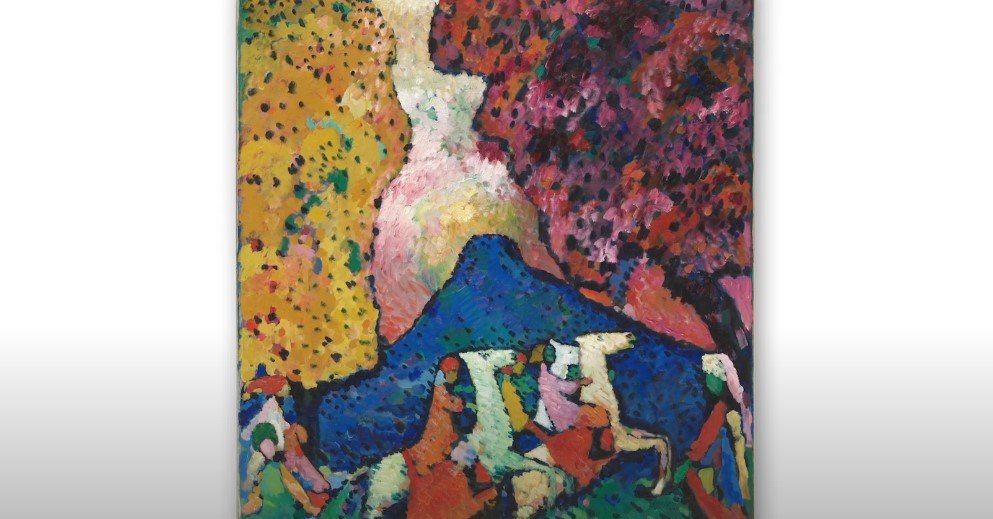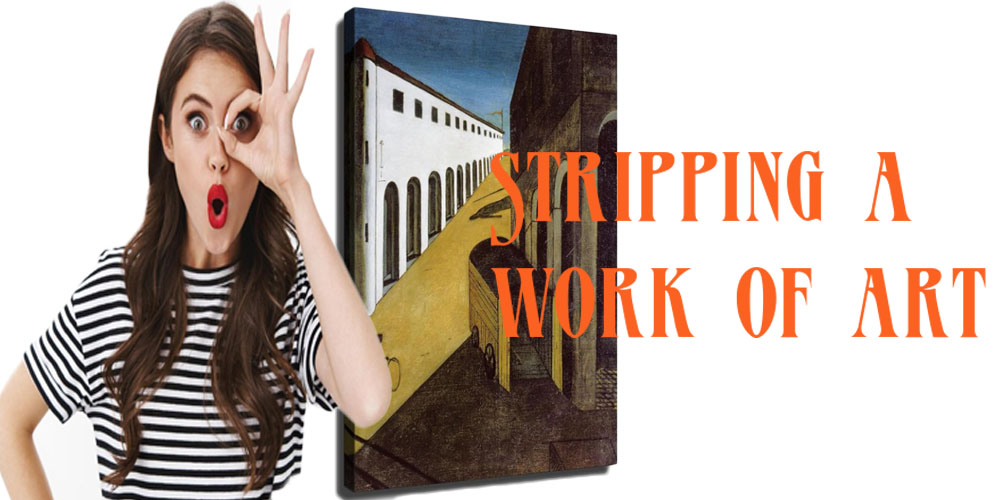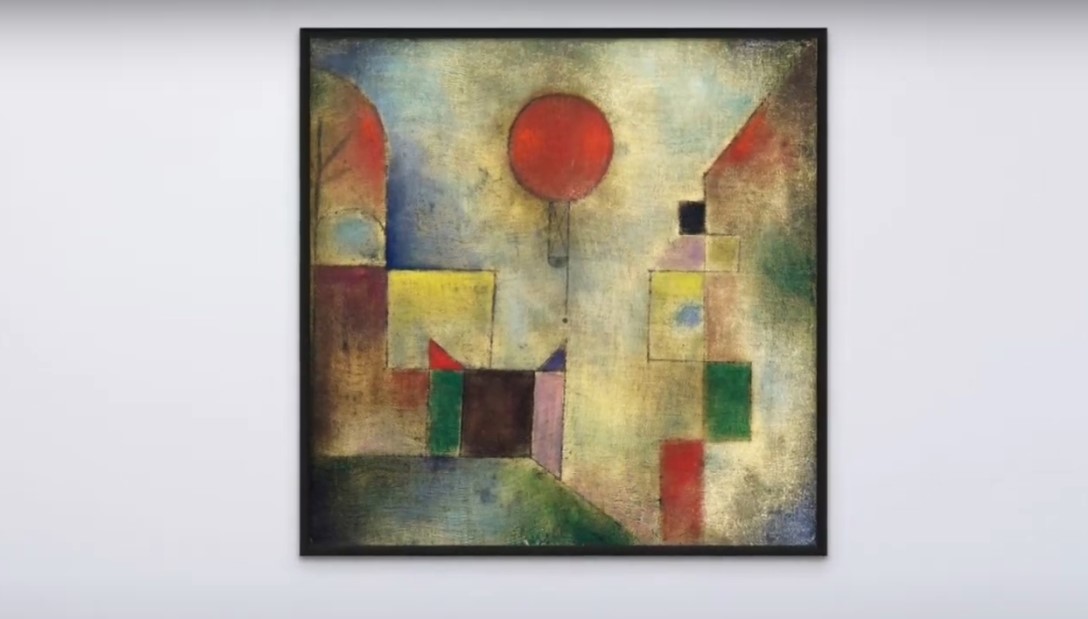Table of Contents
- Marilyn Diptych size
- Meaning of Marilyn Diptych 1962
- Icons of an Accelerated Era
- Transforming the common into the iconic
- Eternal impact of Marilyn Monroe
- Appropriation and controversies.
- Description of Marilyn Diptych 1962
- Life and death of Andy Warhol
Andy Warhol created Marilyn Diptych 1962 within the pop art movement, this work captivates from the moment we begin to delight in what the artist intended to express through these two silver canvases, each silkscreened fifty times with the image of the unforgettable movie star.
Marilyn Diptych size
This diptych, 205.44 cm x 289.56 cm in size, (Over 6 feet by nine feet ) not only immortalizes the famous actress, but also questions both modern art and contemporary life, revealing layers of meaning that invite deeper reflection.
Meaning of Marilyn Diptych 1962

The meaning of Marilyn Diptych 1962 can be interpreted in several ways. First, it reflects the role of celebrity and mass culture in modern society, as well as Warhol’s obsession with fame and artificial beauty.
In addition, the contrast of these images between colorful, black and white can be interpreted as a reflection on life and death, as Marilyn Monroe died in 1962, the same year Warhol created this work. The black and white part could symbolize her passing, while the other part represents her life and lasting legacy.
Icons of an Accelerated Era
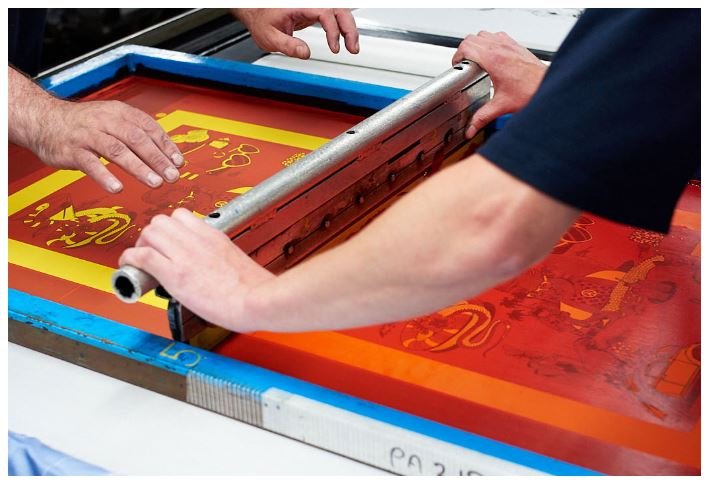
Influenced by the popular New York art of the moment, exactly the abstract expressionism of painters such as Rauschenberg, Pollock and Johns; Warhol used the famous Silk-screen printing technique using photographic images and many repetitions, combined pop culture, and added a touch of sparkle to his “creations” to enrich his artistic legacy.
The informal execution of his paintings and the complex composition of his works, which do not reflect his inner world, are a tribute to the fast-paced New York culture that influenced his life environment.
Transforming the common into the iconic
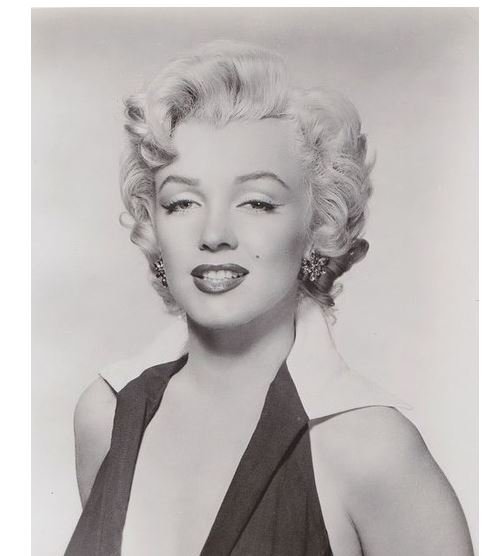
Warhol went beyond traditional artistic standards by selecting common subjects for his art, instead of creating his own portrait of Marilyn he appropriated an existing photograph, none other than the 1953 Niagara advertising image, which later became an iconic representation of the culture.
The artist used these 50 images taken from Niagara to explore the fame, celebrity and transience of Monroe’s life. This work was completed shortly after her tragic death in 1962, looking like a cultural symbol of pop art.
Eternal impact of Marilyn Monroe
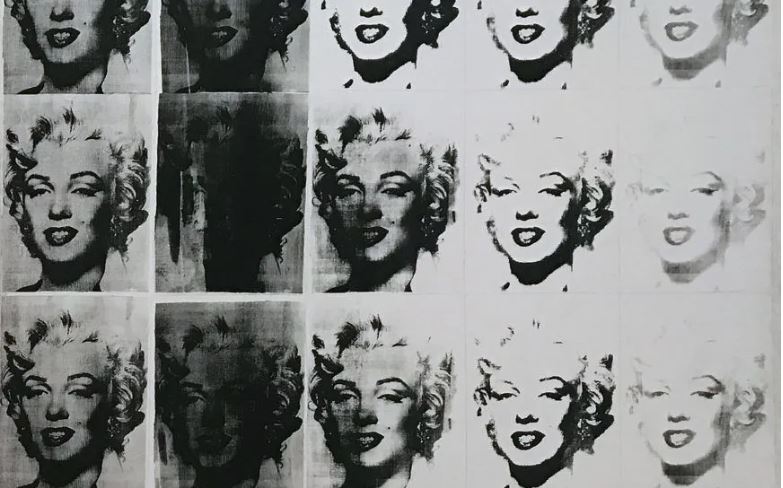
The painting has been praised for its depiction of the duality between the life and death of the iconic Marilyn Monroe. Critic Camille Paglia, has praised the work for its multiplicity of interpretations of Monroe’s legacy. In addition, the painting has been recognized as one of the most influential and significant works of modern art in both artist surveys and art historical evaluations.
Appropriation and controversies.
Before all this controversy in one writing, Warhol said, “In August of ’62 I started making silkscreens. I wanted something stronger that would give an effect more like an assembly line. When Marilyn Monroe died that month, I came up with the idea of making screens with her beautiful face on the first Marilyns.”
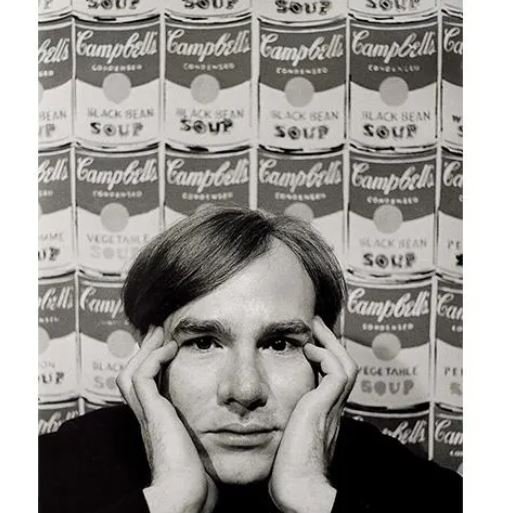
So far we can say that Warhol was very astute after appropriating images without any authorization, he crossed certain limits of intellectual property by using photographs and logos. Prominent examples of this can be seen in his series on Marilyn Monroe’s portfolio and the paintings of Campbell’s soup cans; somewhat controversially, these practices questioned the concepts of originality and ownership in art, generating debates about the legitimate use of images.
Despite the lack of permissions, his work influenced contemporary visual culture and the conception of commercial art. But the acceptance of the use of the Campbell’s soup logo illustrates how its advertising impact often overcame initial legal objections.
Description of Marilyn Diptych 1962
In the background of each reproduction of the diptych Marilyn, lies a subtle criticism of modern art and today’s society, at first glance this work seems a reverent tribute to an icon of popular culture, but its meaning goes far beyond, Andy opts for a two-dimensional representation while retaining his characteristic style, eliminates the shading to create a perception of abstract space, while placing the actress in an empty environment, if you look at the faces of the singer show subtle variations, indicating a uniform but not perfect production process.
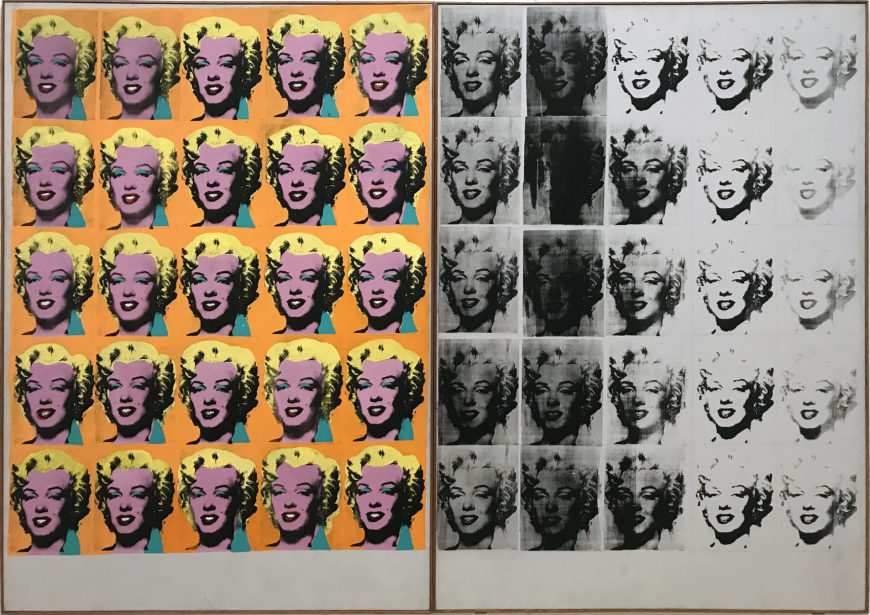
Monroe captures us with a look between seductive, but also enigmatic, with her eyes narrowed and her lips barely parted. However, the repetition of this expression transforms her countenance into something almost frightening and static, like a lifeless mask.
The distribution in a five-by-five grid suggests a repetitive and symmetrical design in its surface structure, as the technique used creates the sensation of “flattening” in Marilyn’s facial features by printing wide areas of color without adjustment. This duality between adoration and criticism intertwine in an intriguing tapestry of meanings.
Life and death of Andy Warhol
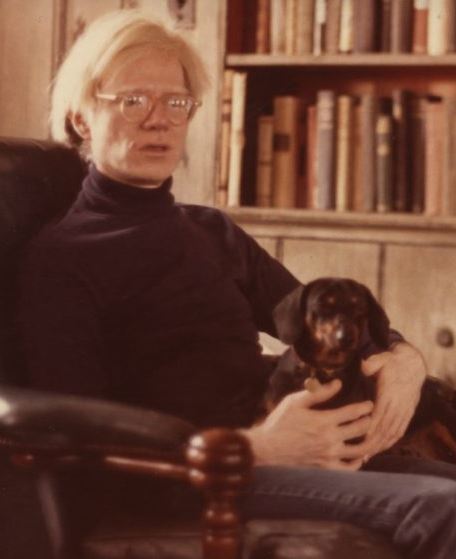
Andy Warhol, born as Andrew Warhola in Pittsburgh, 1928, graduated from the Carnegie Institute of Technology in 1949, and from there he moved to New York, where he flourished as a commercial artist, his career took off in the same year when Glamour magazine published his work, but a typographical error led to the elimination of the A. in his last name, remaining as Andy Warhol.
Ten years later he ventured into the creation of works where they expanded images of comics, such as Popeye and Superman, influencing contemporary visual culture, died on February 22, 1987 in New York City after a gallbladder operation.

